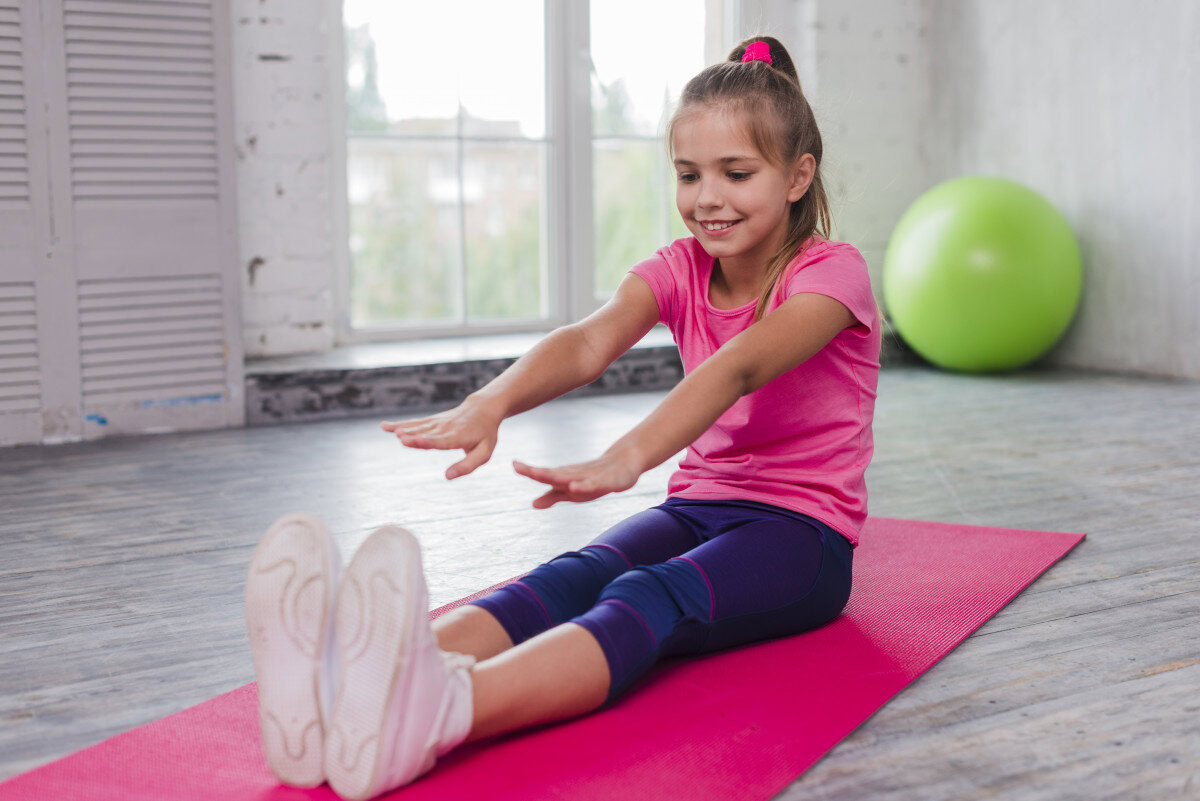Introduction
Pilates is renowned for its ability to enhance strength, flexibility, and overall fitness. However, its benefits extend far beyond general conditioning, playing a crucial role in rehabilitation and recovery from injuries. This gentle yet effective exercise method helps individuals regain mobility, improve muscle balance, and promote overall healing. In this article, we will explore how Pilates aids in rehabilitation and recovery, making it a valuable component of any rehabilitation program.
1. The Principles of Pilates in Rehabilitation:
Core Strength and Stability: Pilates emphasizes strengthening the core muscles, which include the abdominals, back, and pelvic floor. A strong core provides stability, supports the spine, and helps prevent re-injury.
Controlled Movements: Pilates focuses on precise, controlled movements, which are essential for safely rebuilding strength and flexibility without putting undue stress on injured areas.
Alignment and Posture: Proper alignment and posture are critical in Pilates. By correcting alignment issues, Pilates helps reduce strain on muscles and joints, promoting more efficient movement patterns and reducing the risk of further injury.
2. How Pilates Supports Rehabilitation:
Enhancing Flexibility and Range of Motion: Injury often leads to stiffness and reduced range of motion. Pilates exercises gently stretch and lengthen muscles, improving flexibility and helping to restore normal movement patterns.
Strengthening Weak Muscles: Injuries can cause muscle imbalances, with some muscles becoming weak and others overcompensating. Pilates addresses these imbalances by targeting and strengthening specific muscle groups, leading to more balanced and efficient movement.
Promoting Circulation and Healing: The gentle, rhythmic movements of Pilates promote blood flow and circulation, which are essential for healing tissues and reducing inflammation.
3. Pilates Exercises for Rehabilitation:
The Bridge: This exercise strengthens the glutes and lower back while promoting spinal flexibility.
- How to do it: Lie on your back with knees bent and feet flat on the floor. Lift your hips up to form a straight line from knees to shoulders, hold for a few seconds, and then lower back down.
The Clamshell: This exercise targets the hip abductors, which are crucial for stabilizing the pelvis.
- How to do it: Lie on your side with knees bent and feet together. Keeping your feet together, lift the top knee as high as possible without moving the pelvis. Lower the knee back down and repeat.
The Swan: This exercise helps strengthen the back muscles and improve spinal extension.
- How to do it: Lie face down with arms bent and hands under your shoulders. Lift your chest off the floor, extending your spine while keeping your lower body grounded. Lower back down and repeat.
The Side Plank: This exercise strengthens the core and improves stability.
- How to do it: Lie on your side with legs extended. Lift your hips off the floor, supporting your body on one forearm and the side of your foot. Hold the position, keeping your body in a straight line, and then lower back down.
The Cat-Cow Stretch: This exercise increases spinal flexibility and relieves tension.
- How to do it: Start on all fours with hands under shoulders and knees under hips. Inhale to arch your back (Cow), and exhale to round your back (Cat). Repeat several times.
4. The Benefits of Pilates in Recovery:
Reducing Pain: By improving strength, flexibility, and alignment, Pilates can help reduce pain associated with injuries. The gentle movements promote relaxation and decrease muscle tension, providing relief from chronic pain.
Preventing Re-injury: Pilates focuses on proper movement patterns and muscle balance, which are essential for preventing re-injury. The exercises teach individuals how to move more efficiently and safely, reducing the risk of future injuries.
Enhancing Mental Well-being: Injury recovery can be mentally challenging. Pilates promotes mindfulness and relaxation, helping individuals manage stress and anxiety associated with their recovery process.
5. Integrating Pilates into a Rehabilitation Program:
Consulting with Professionals: Before starting a Pilates program for rehabilitation, it’s important to consult with healthcare professionals, including physical therapists and certified Pilates instructors. They can create a customized program tailored to individual needs and ensure exercises are performed safely.
Progressing Gradually: Rehabilitation with Pilates should be approached gradually. Start with basic exercises and progressively increase the intensity as strength and flexibility improve.
Consistency is Key: Consistency is crucial for successful rehabilitation. Regular Pilates sessions will help build strength and flexibility over time, supporting a faster and more effective recovery.
Conclusion
Pilates is a powerful tool in the realm of rehabilitation and recovery. Its focus on core strength, controlled movements, and proper alignment makes it an ideal exercise method for rebuilding strength, improving flexibility, and promoting overall healing. By incorporating Pilates into a rehabilitation program, individuals can enhance their recovery process, reduce pain, and prevent re-injury, ultimately achieving a healthier and more balanced body.
Discover more from Pilates All Ages
Subscribe to get the latest posts sent to your email.
